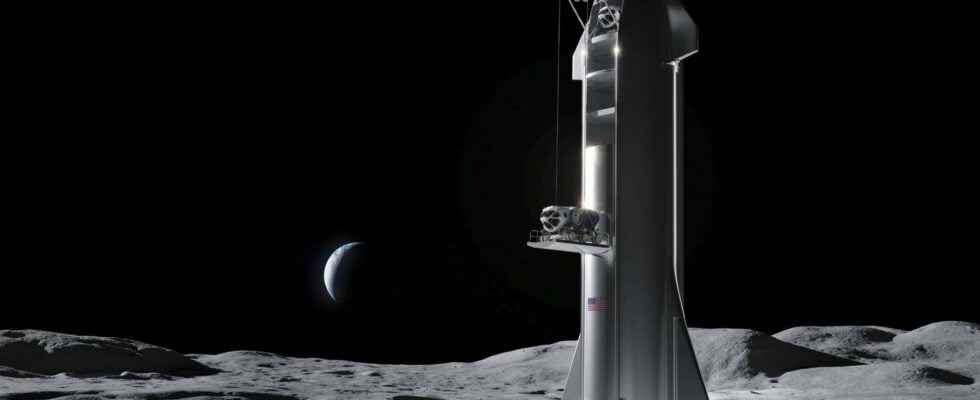NASA plans to return to the Moon in 2025 with a crew of two Americans, one man and one woman, landing during Artemis III. But it wasn’t until four or five years later that a second crew could land on the Moon.
You will also be interested
[EN VIDÉO] The nine female astronaut candidates for the Artemis lunar program Who will be the first woman to walk on the moon this decade? NASA has not yet decided but here are all those who have been selected. We present them to you on video.
According to NASA’s calendar, the return of Americans to the Moon could take place as early as mid-2025 with Artemis III, which will be the first manned mission since theApollo era. This mission will usher in a new era of human exploration with a sustainable installation on the Moon in focus. Surprisingly, the next manned mission is not expected for several years. Artemis IV is well planned less than two years after Artemis III, but this mission will not land on the Moon.
Artemis IV will be a mission to the Gateway. She will deliver the I-HAB module (International-Habitat), produced by Thales Alenia Space, which will be assembled and put into service immediately after. This pressurized module, 7 meters long with a diameter of 4.5 meters and a mass 10-ton launch drier will be moored to the propulsion and production module ofenergy (EPP, Power Propulsion Element) and the Halo housing module (Housing and Logistics Outpost), which will have been launched tied together at the end of 2024 aboard a launcher Falcon Heavy.
Artemis IV will also be the first mission to use the SLS (Space Launch System) in an improved configuration (Block 1B). The cryogenic propulsion mid-stage, used on the first three Artemis launches, will be replaced by the more powerful exploration upper stage. It will allow Artemis missions to carry “co-managed” payloads with the Orion spacecraft, such as the I-Hab module, which will weigh around 10 tons.
To explain why Artemis IV will not land on the Moon, NASA recalls that the contract with SpaceX involved the delivery of a single Starship lunar! For post-Artemis III missions, NASA plans to use lunar landers that will be developed as part of the program Lunar Exploration Transportation Systems (LETS) from NASA. The objective of LETS is to select one or even several companies to provide “sustainable” landing services. This program has not yet started, so NASA is aware that there will be a gap of a few years before the first landing service acquired under this program is ready.
Artemis V, the second manned mission to the Moon
It will be necessary to wait for Artemis V to see a second crew land on the Moon. Artemis V should be the first mission to use the Gateway and land on the surface of the Moon. She will deliver to Gateway the communication and supply module Spirit of theESA, the Canadarm3 robotic arm provided by Canada as well as a rover unpressurized lunar. This second manned mission to the Moon is not envisaged before the end of the 2020s, or even at the very beginning of the 2030s.
That said, this schedule seems very uncertain to us on several points, in particular because it depends on the deadlines in which the first three Artemis missions will be carried out. Starting with Artemis I, already very late on its initial schedule and whose first flight is scheduled for March or April at best. As for Artemis III, to think that SpaceX’s lunar Starship could be ready in just less than three years seems very surprising to us.
Interested in what you just read?
